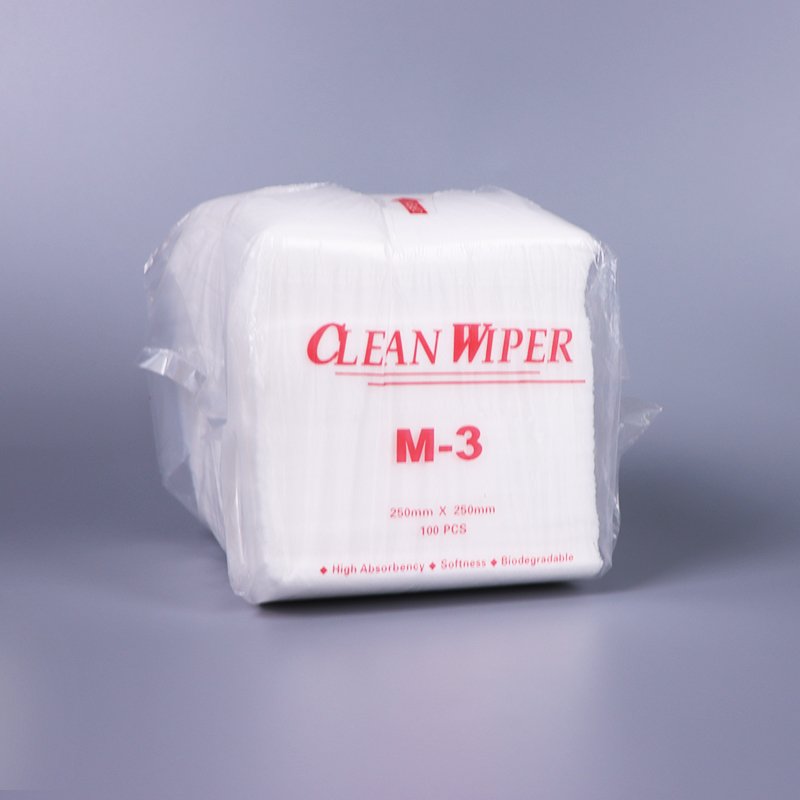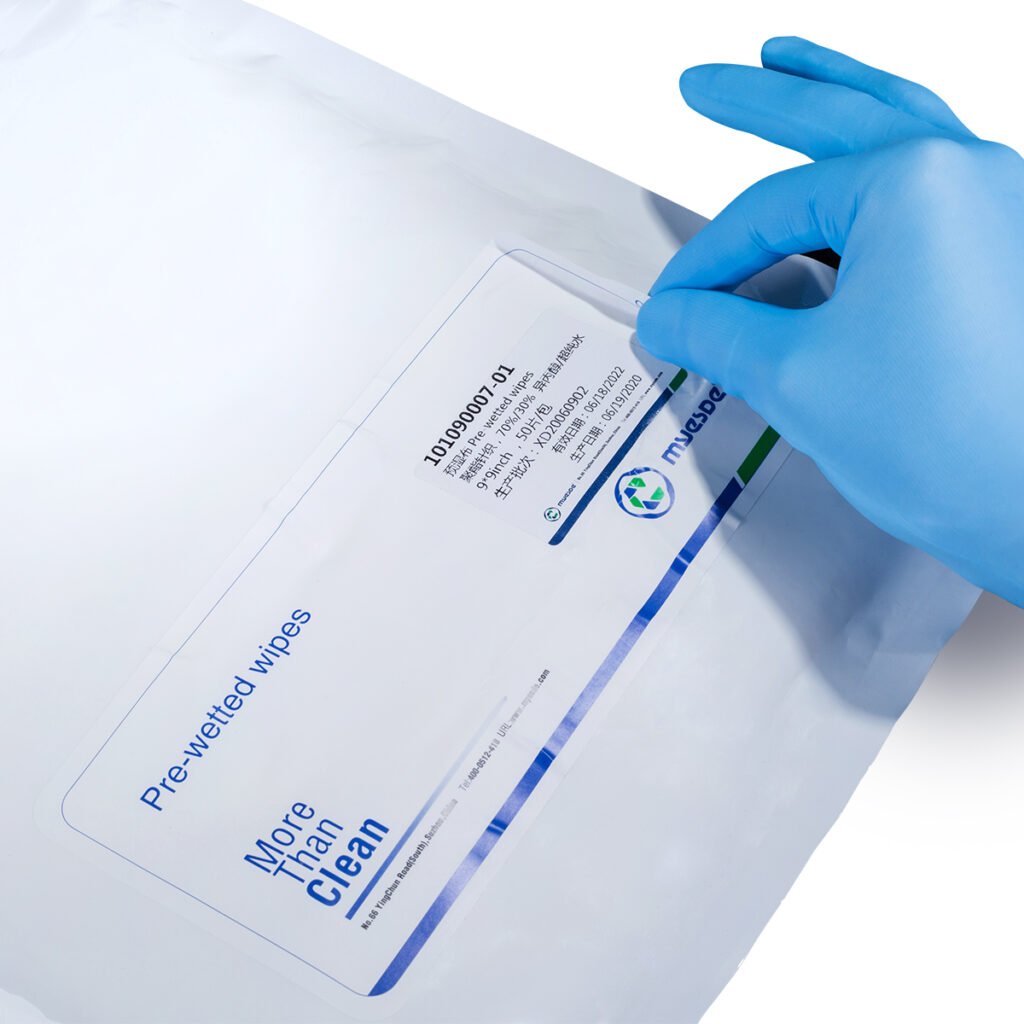In industries where cleanliness is not just important but mission-critical—such as electronics manufacturing, medical device assembly, and cleanroom operations—the tools used for cleaning can have a direct impact on product quality and operational reliability. Swabs, in particular, play a vital role in removing contaminants, applying solutions, and performing precision cleaning in sensitive environments.
Two of the most widely used swab types are foam swabs and polyester swabs. While they may appear similar at first glance, their material composition, physical properties, and performance in different environments can vary significantly. This article examines the unique characteristics of each type, their strengths and limitations, and guides on selecting the right one for your specific application.
Foam Swabs – Absorbent and Versatile
Foam swabs feature a tip made from polyurethane foam, often with an open-cell structure. This design gives them excellent absorbency, enabling them to pick up liquids, solvents, and fine particles effectively.
Key characteristics:
-
High absorbency: The open-cell foam structure holds cleaning fluids and contaminants, making them ideal for wet cleaning.
-
Soft surface: Gentle on sensitive substrates like coated optics, lenses, and delicate electronic components.
-
Flexibility: The foam tip can conform to irregular surfaces and reach into corners.
-
Versatility: Suitable for both applying cleaning solutions and absorbing residues.
Typical applications:
-
Applying IPA or mild solvents to circuit boards.
-
Cleaning camera lenses or optical sensors without scratching.
-
Wiping away dust and debris from printer heads or medical instruments.
However, foam swabs are not the best choice for aggressive solvents like ketones and toluene, which can cause the foam to swell or degrade over time. They are also less effective for heavy scrubbing on abrasive surfaces.
Polyester Swabs – Precision and Durability
Polyester swabs are made from tightly woven or knitted polyester fibers. They are designed for maximum durability, chemical resistance, and precision cleaning.
Key characteristics:
-
Low particle generation: The woven structure minimizes linting, making them ideal for cleanroom use.
-
High chemical resistance: Compatible with strong solvents such as acetone, MEK, and xylene.
-
Durable and abrasion-resistant: Suitable for scrubbing stubborn residues without tearing or fraying.
-
Precision tip shapes: Available in pointed, paddle, and cylindrical forms to access hard-to-reach areas.
Typical applications:
-
Removing baked-on flux from PCBs.
-
Cleaning optical connectors with high precision.
-
Applying coatings or adhesives where solvent resistance is critical.
Polyester swabs are generally less absorbent than foam swabs, so they are better suited to controlled application of fluids rather than soaking up large volumes.
Comparative Analysis of Cleaning Performance
1. Absorbency and Fluid Retention
-
Foam swabs excel at holding cleaning solutions, making them ideal for soaking and wiping operations.
-
Polyester swabs absorb less liquid but allow for more controlled application, which is critical when over-wetting could cause contamination or damage.
2. Chemical Compatibility
-
Foam swabs work well with alcohols and mild solvents but may degrade in harsh chemicals.
-
Polyester swabs maintain structural integrity even in aggressive solvents, making them more versatile for chemically demanding environments.
3. Surface Compatibility
-
Foam swabs are gentle and conform easily to uneven surfaces.
-
Polyester swabs provide a smoother, non-abrasive surface but are better suited for flat or easily accessible areas.
4. Durability in Use
-
Foam swabs can compress and adapt to surfaces but are prone to wear in heavy scrubbing.
-
Polyester swabs withstand repeated scrubbing without fraying, maintaining cleaning effectiveness over multiple passes.
Choosing the Right Swab for Your Application
When selecting between foam and polyester swabs, consider the following factors:
-
Type of Contamination
-
Light dust or liquid residues → Foam swabs.
-
Hardened flux, adhesives, or coatings → Polyester swabs.
-
-
Chemical Environment
-
Mild solvents like IPA → Foam swabs.
-
Strong solvents like acetone or toluene → Polyester swabs.
-
-
Surface Sensitivity
-
Delicate surfaces prone to scratching → Foam swabs.
-
Durable surfaces needing aggressive cleaning → Polyester swabs.
-
-
Cleaning Method
-
Quick absorption and wiping → Foam swabs.
-
Controlled application and scrubbing → Polyester swabs.
-
Conclusion
Both foam swabs and polyester swabs are indispensable tools in precision cleaning, but their effectiveness depends on matching the swab type to the specific cleaning challenge. Foam swabs offer superior absorbency and gentleness, making them ideal for delicate, fluid-heavy tasks. Polyester swabs provide chemical resistance and durability, excelling in demanding environments where precision and abrasion resistance are critical.
By understanding the strengths and limitations of each, you can make informed decisions that enhance cleaning efficiency, protect sensitive components, and maintain compliance with cleanliness standards.




